How I Set-up Compost Bin and Vermicompost Production at My Sister’s Household
My sister, Asia, her kids, and her household staff like to eat salads and pastas. Hence, lettuce and herbs (basil, especially) are staples in their refrigerator. Of course, they’d like to do organic gardening, instead of buying. In the supermarket here in Bacolod City, the Philippines, organic lettuce is now priced at PhP350 per kilo, while basil is priced at PhP200 per kilo! At the same time, eating natural foods like lettuce and basil are some ways how to prevent cancer and diabetes.
They do want to reduce their garbage that goes to the landfill. Also, many times, garbage collection in their area is not regular. There’s nothing more unsightly than uncollected, overflowing garbage.
Here’s how I set-up compost bin and vermicompost production at my sister’s household:
-
- Look for a champion (or champions).
-
- Although my sister is the household chief and she loves the ideas of compost and organic natural foods for her home, she’s a very busy person and has no time to compost and do organic gardening. Luckily, she has very supportive and talented staff, who are willing champions of compost and organic gardening.
-
- Diding (far right) has started preparing compost in a pail and is the all-around household jack-of-all-trades (organic gardening, plumbing, repairing, etc.), so I picked her to make the compost bin and worm bin.
-
- Delia (middle) and Fe (left) are really good cooks, and they appreciate great-tasting ingredients. They’d love to do organic gardening, and are willing gardeners. Also, since they are in charge of the kitchen, they are the primary implementer of kitchen waste collection and segregation, which are very important.
-
- The three women also take turn washing clothes and cleaning the house, hence they have an appreciation of the amount of water and garbage that they’d like reduced. They have been reusing water from laundry for washing of other items.
-
- Look for a champion (or champions).
-
- Explain waste segregation, and open eyes to great potential of garbage.
-
- They already know that coffee grounds, tea bags, vegetable and fruit peelings are biodegradable (“madunot“), and Diding already collect and compost them in a pail. However, I opened their eyes to what they could do with pizza box, newspaper, paper, toilet paper roll, egg shell, milk carton, and plastic container and utensil. Now, they know that the first 4 items can be shredded, soaked in water, and after 1 week, can be fed to the worms. Milk carton and plastic container can be made into planters, plastic utensils can be used as plant labels, and egg shells can be crushed and used as mulch.
-
- When above existing garbage are composted, they hope to reduce their garbage (that goes into the landfill) by 60%!
-
- I also enjoined them to save the rice wash, and feed it to the plants. Finally, I asked them to collect water when they wash fruits and vegetables, and use this water to soak carton and paper.
- Of course, I also encouraged them to collect urine, mix it with water at 1 urine: 10 water ratio, and feed the mixture to the plants.
-
- Explain waste segregation, and open eyes to great potential of garbage.
-
- Commit to 100% recycling and zero cost (since they have available time).
- I asked them that we will only use available materials at home and in the area. I explained that another person’s garbage could be our materials. Aside from we’d like to preserve cash, we also want to contribute in reducing plastic wastes.
- Commit to 100% recycling and zero cost (since they have available time).
-
- Make compost bin.
-
- Armed with “Urban Container Gardening: A Home Farming Manual” by Jojo Rom and a soldering iron, I instructed Diding how to make a compost bin.
-
- I used a basic soldering iron, which you can get from your local hardware shop. Otherwise, you could check out the Liumy soldering iron from Amazon, with 5-star reviews (perfect score) and is reasonably priced. Kindly note disclosure on Amazon affiliate program.
- I also explained to her that there will be black soldier fly (BSF) larva that will inhabit the compost bin, and it is a great thing. Since BSF will be around, common flies won’t make it to the compost bin. Further, I assured her that rats won’t access the compost bin since it is tightly covered. Finally, I explained the importance of holes to the compost bin, i.e., to allow water to drain (which causes the stench), to allow oxygen into the compost bin (aerobic microbes feed on oxygen), and to allow BSF to lay eggs in the compost bin.
-
- Make compost bin.
-
- Set up the compost bin.
-
- Diding chose this site where to set up the compost bin, as it is close to the kitchen, and therefore, convenient to throw the kitchen waste. It is also shaded to protect the compost bin from the rain and sun.
-
- She mounted the compost bin on rocks to allow space for drainage.
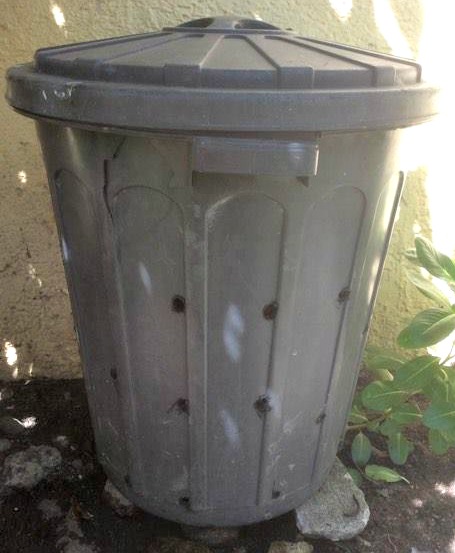
- She mounted the compost bin on rocks to allow space for drainage.
-
- As the kitchen wastes decompose, water (leachate) will flow from the compost bin. Because the compost bin is placed on a soil area, the soil will absorb the leachate, and will even get organic fertilizer, which is good.
-
- I also told Diding that she has an option to mount the compost bin on stones, and place the compost bin inside a broken basin, which will serve as leachate catcher. Leachate is good organic fertilizer! However, the leachate will smell and she has to feed the leachate to the plants on a daily basis.
-
- Set up the compost bin.
-
- Practice using the compost bin.
-
-
- The 3 women have been collecting kitchen waste and putting them in a small plastic container, and eventually, deposit them in the pail. However, the pile stinks because water doesn’t drain. (By the way, I realize that many composting practitioners recommend NOT to put citrus (like calamansi) in the bin. However, per my experience, as long as the kitchen wastes are fully decomposed, my worms do eat citrus.)
-
- Hence, we placed holes in the small container, and added another container (without holes) to catch the water drained.
-
- Now, their kitchen waste has all its water drained.
-
- These wastes are now ready to be placed into the compost bin.
-
- I cautioned them NOT to put oil in the compost bin; worms don’t like it.
-
- I also told them to shred the paper, and place them directly into the compost bin.
-
- Or, they can soak shredded paper (especially carton) in water for 3-7 days, and feed these directly to the worm.
-
- I checked the compost bin the next day, and it has no smell and flies. Success!!!
-
- Summary of materials for compost bin:
-
- Bin (tightly covered)
-
- Soldering iron
-
- Mounting material
- Pan (optional)
-
- Summary of materials for compost bin:
- There are friends who asked me where they could buy a compost bin, as they don’t have time to make one. If you’re also looking for a compost bin, you might want to check out the Yimby Tumbler Composter, which is available in Amazon, with 4.2 stars (high score) and 1,538 reviews. Kindly note disclosure on Amazon Affiliate program.
-
-
- Practice using the compost bin.
-
- Prepare the worm compost bin.
-
-
- I taught Diding how to produce vermicompost at home.
-
- Diding found an old basin with crack.
-
- She created holes using a soldering iron for drainage (the worms will die if basin is flooded). Also, she sewed the cracked part of the basin.
-
- She gathered semi-decomposed banana trunk in the neighborhood. This will serve as bedding and food for the worms.
-
- I gave them their starter African Night Crawler (ANC) worms, with food (substrate) made up of decomposed kitchen waste, paper, kakawate, grass, and coffee grounds.
-
- We covered the worm basin with remaining banana trunk to keep it cool.
-
- The basin worm bin should have carbon and nitrogen at C-70%, N-30% ratio.
- Carbon source
- Hay/rice straw, grass, banana tree parts, degraded fruit and vegetable peelings, sugarcane leaves, bagasse or mud press, coconut and corn, saw dust, paper or carton
- Nitrogen source
- Leaves of madre de cacao (Gliricidia sepium); ipil-ipil (Leucaena leucocephala); parts of peanuts and other leguminous plants like kadyos (pigeon pea), monggo, and others; baging ilog, and all kinds of animal manure, except that of humans, dogs, cats, to avoid the presence of the E. Coli bacteria.
-
- Since the worm basin is already composed of mostly carbon (banana trunk, decomposed kitchen waste, paper, and coffee grounds) and some nitrogen (decomposed kakawate), Diding gathered ipil-ipil in the area and placed them on the side of the basin, to give it some time to decompose (they decompose in 3 days).
-
- Diding covered the worm basin with old plywood (the area gets 1 hour afternoon sun), and placed it on an old chair for elevation (to prevent their dog from attacking the worm basin).
-
- We were hoping to find a bigger basin, so we could mount the worm bin on stones, place the bin in the bigger basis, and collect vermitea. We’ve not found a bigger basin, yet.
-
- I checked the next day, and the worms are alive and well. Success!!!
-
- Summary of materials for worm bin:
-
- Bin (loosely covered)
-
- Soldering iron
-
- Mounting material
- Vermitea catcher
-
- Summary of materials for worm bin:
- I’ve read many people buying a worm bin. If you really have to (you don’t have time to make one, you want a turnkey solution, etc), you might want to check out Nature’s Footprint Worm composter. It has 4-star score (high score), and has 200 customer reviews. Kindly note disclosure on Amazon Affiliate program.
-
As for worms, it will depend on your location.
I recommend that you look for a supplier that’s closest to you, to ensure that you’ll get live worms. If you’re in Bacolod City, the Philippines, I do sell. Kindly message me here. Otherwise (and especially if you’re in the US), please visit the Facebook group Vermicomposting – Worm Farming. Check out the “Files” section, and you will see suppliers there. The group has many experts, and many members are very generous about answering questions. We all learn by doing, so good luck! 🙂
-
- Prepare the worm compost bin.
- BONUS: Bring home point by growing organic food.
-
- In order to make Diding, Delia, and Fe see the beauty of compost, we planted lettuce, basil, and dill in healthy soil. Thus, we officially start their organic gardening.
-
- For planter, we used recycled milk cartons and plastic cups. They dispose 1 milk carton per day, hence we have enough planters moving forward. At the same time, they need to hang their planters because their dog attacks their plants. Milk cartons are ideal for hanging because they’re lighter.
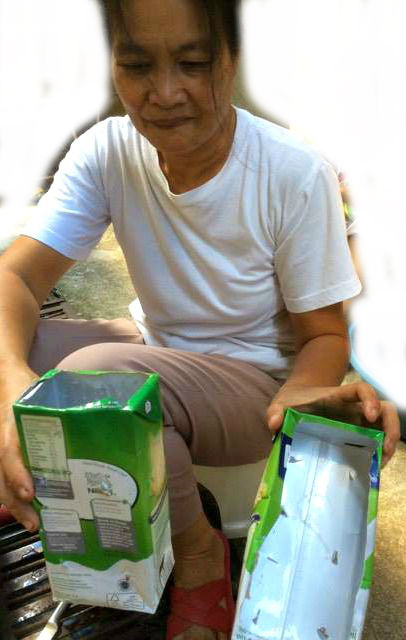
- I also taught them how to make their garden soil healthier and softer. I gave them some saw dust (2 parts), rice hull ash (1 part), organic fertilizer worm castings (vermicast) (2 parts), and then they added their existing garden soil (“bonbon” or top soil) (1 part). The result is richer amended soil (right).
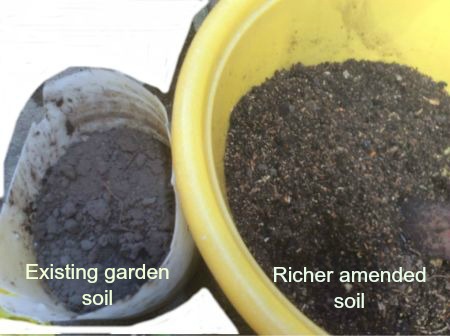
- We filled up the planters with amended garden soil, and we planted dill and lettuce, and sowed lettuce seeds.
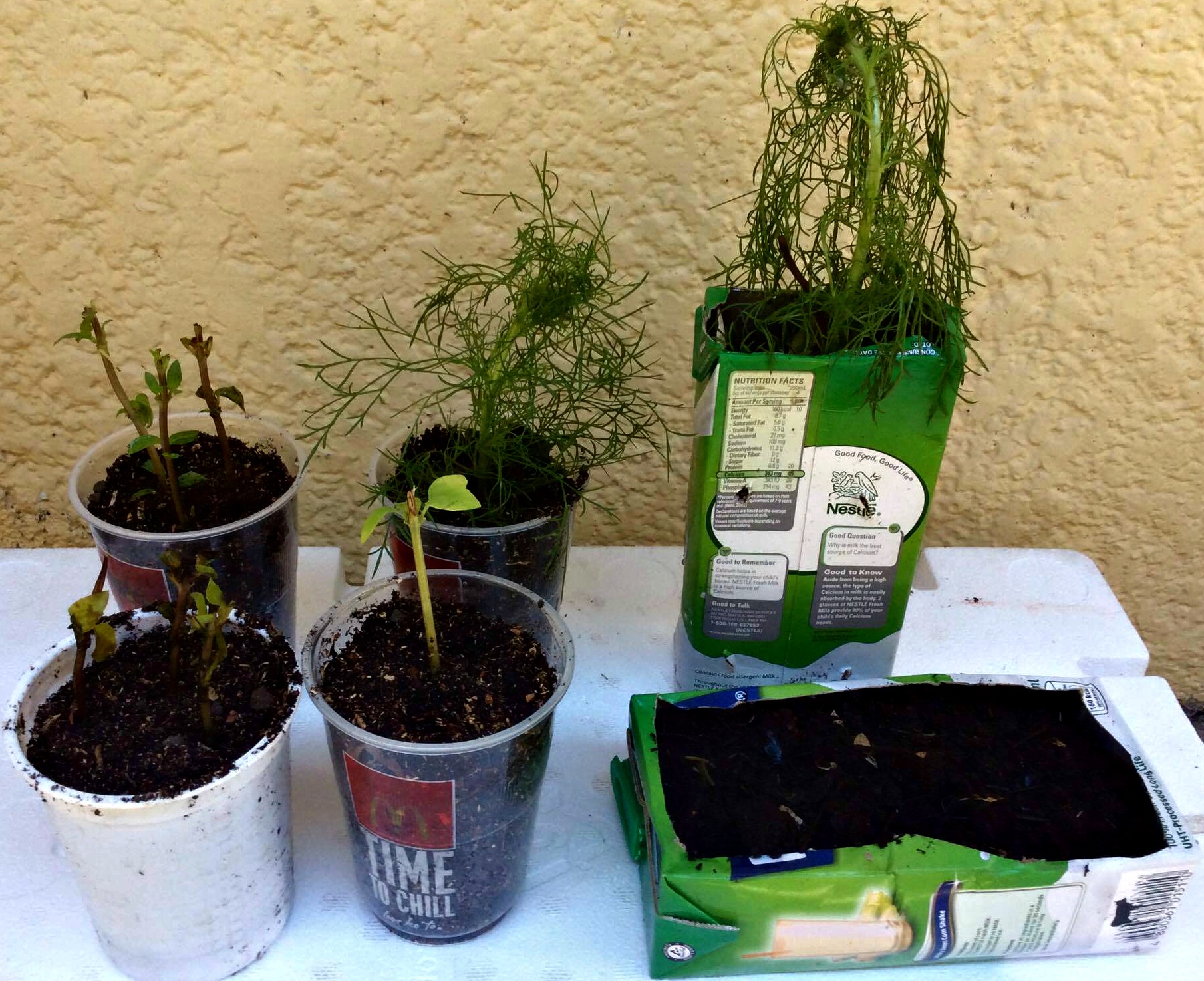
- Finally, I encouraged them to use urine+water, rice wash, and vermitea+water. Also, to use plastic utensil as plant label.
-
I’ll be checking their progress twice this week and once a week for another 3 weeks to check their progress.
Aside from we get to convert kitchen waste into organic fertilizer, and eventually into natural foods, in my sister’s household, I’m also happy that Diding, Delia, and Fe learn these techniques, and be able to apply these in their own homes, too.
Happy preparing your compost bin and vermicompost, and do send me feedback!
Update on June 4, 2017.
A little over a month since we’ve set up, Diding’s compost bin, ANC worms, and planted herbs have been thriving well. Their compost and ANC worms have doubled! She made another compost bin to accommodate more biodegradable waste, and she also decided to make a bigger worm bin so she can have more vermicompost. True to the mission of recycling, she used old milk cartons, stapled them together, and mounted it on a recycled styrofoam box. Voila, a bigger worm bin!

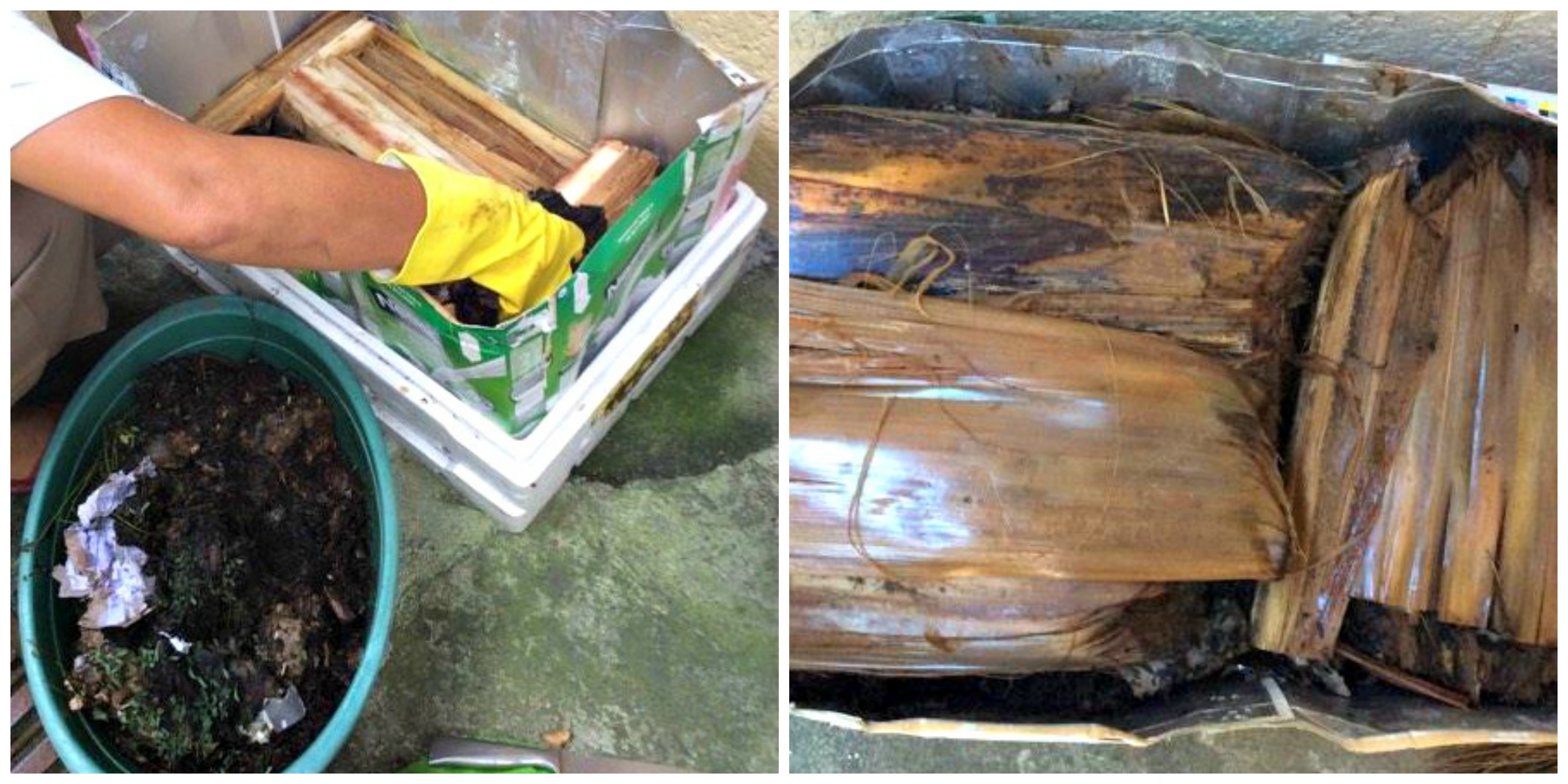
============================================================================



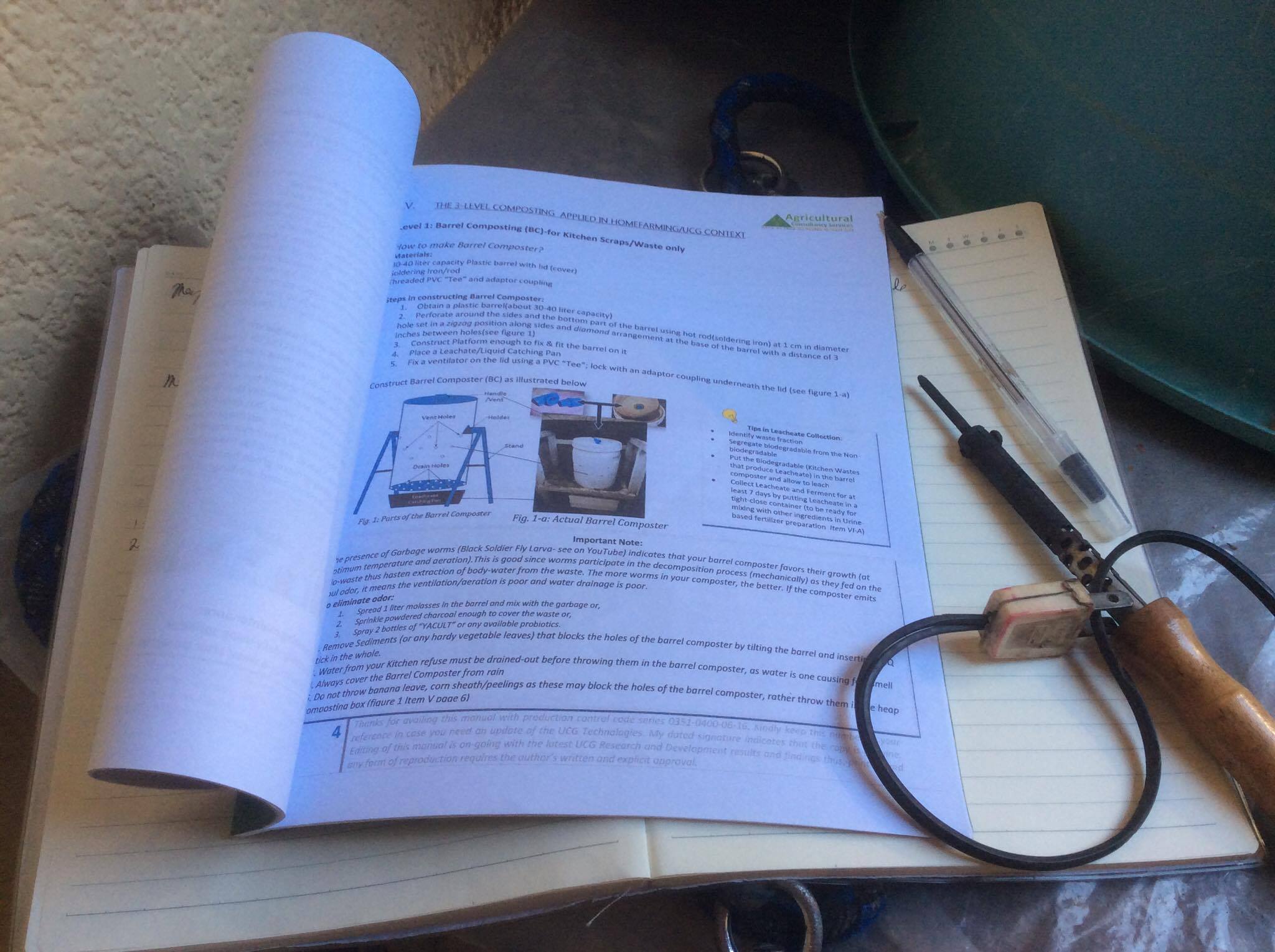

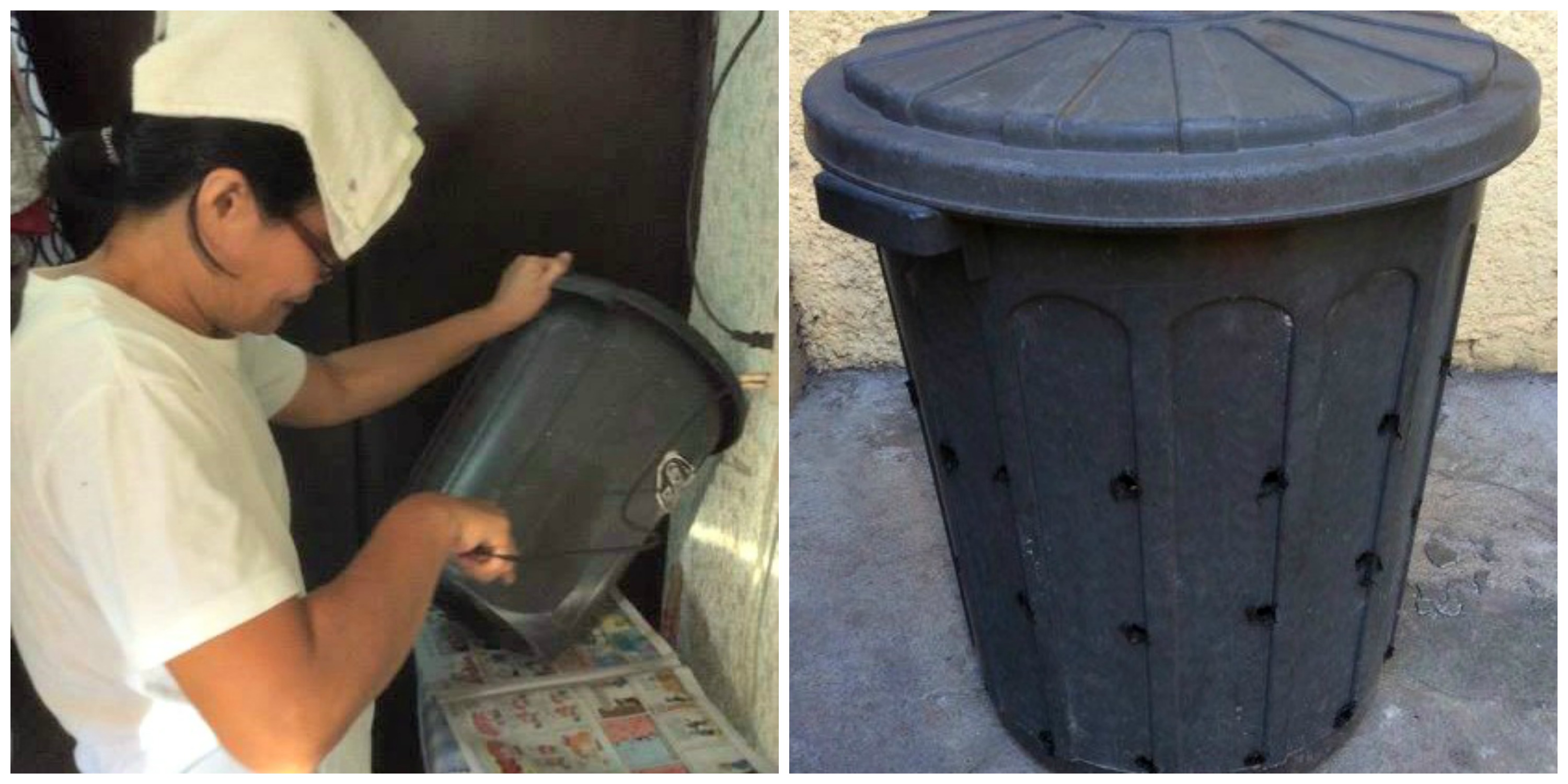
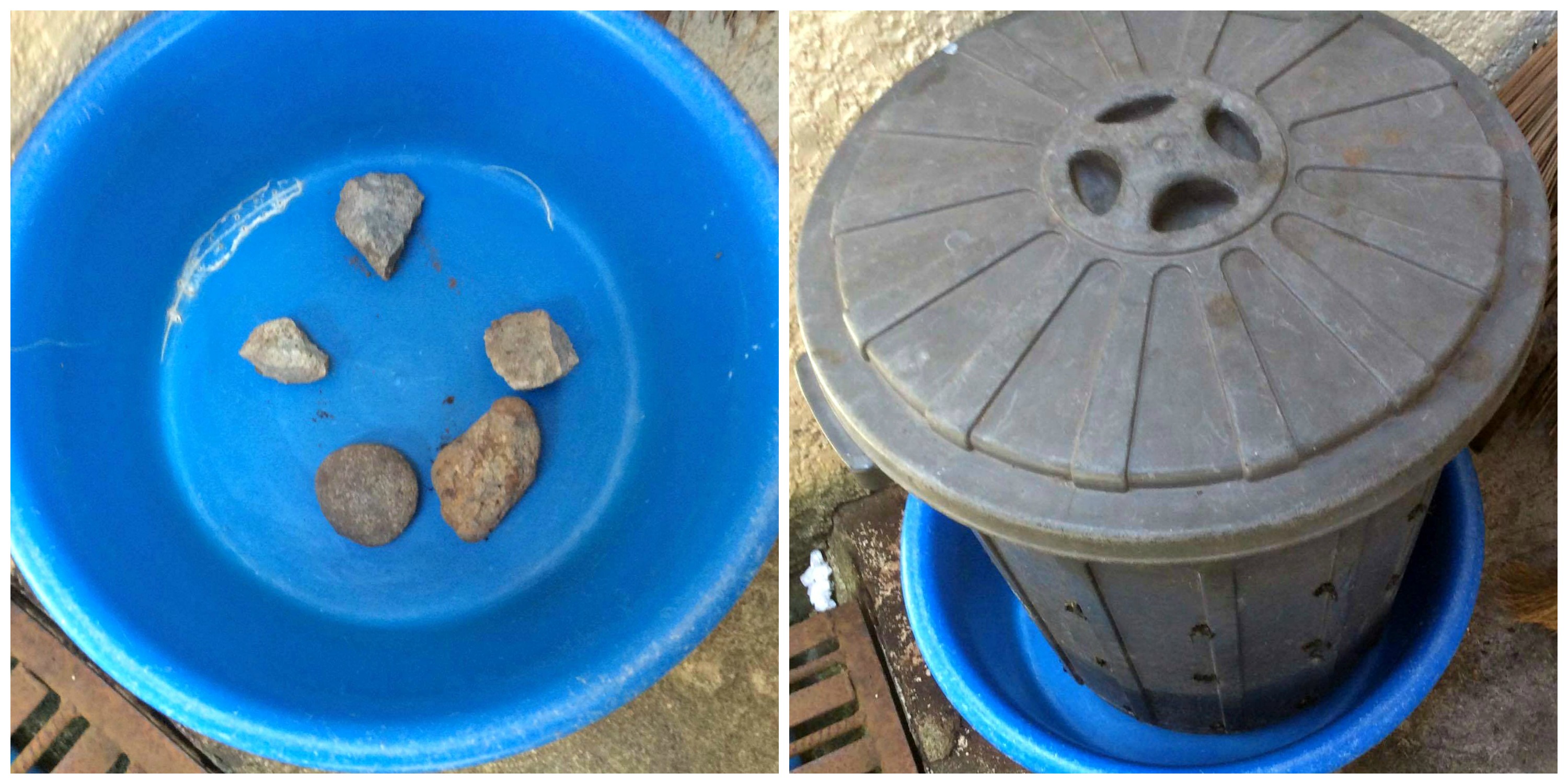

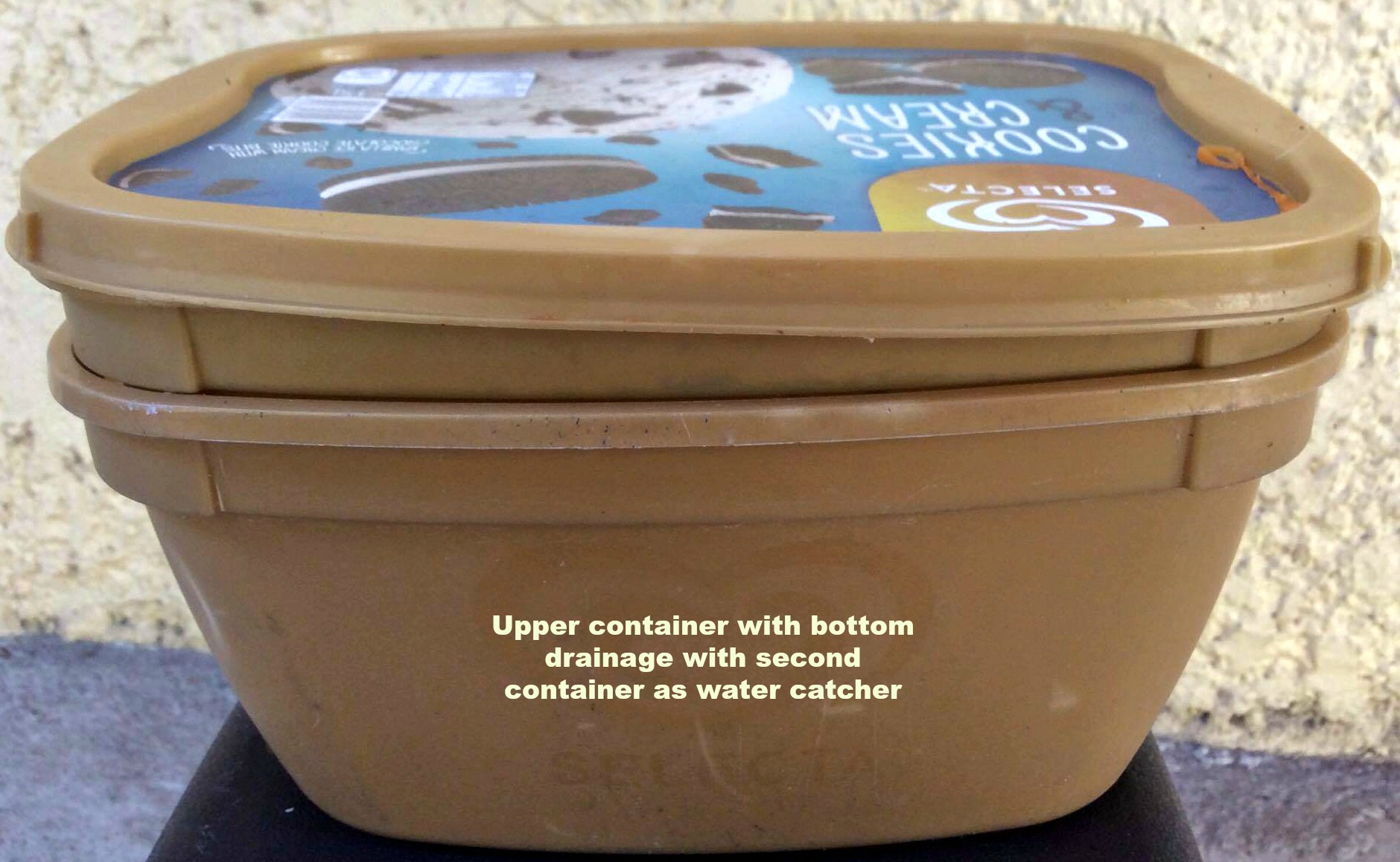
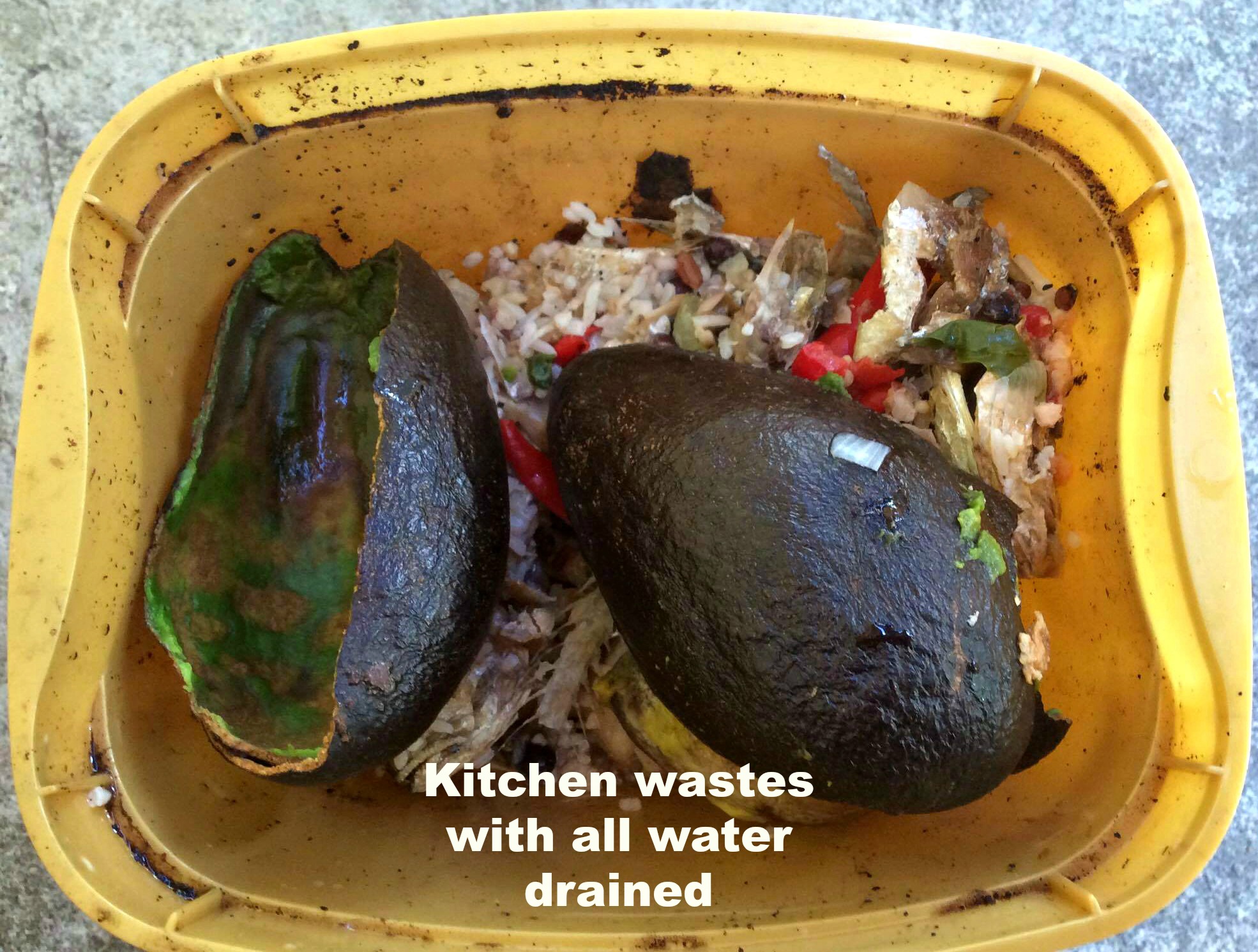

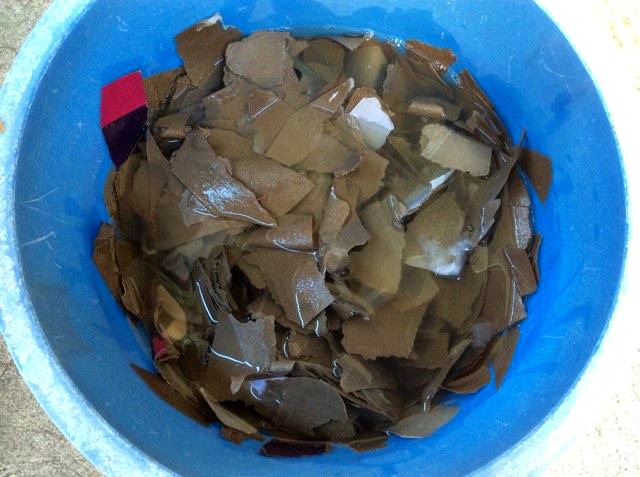
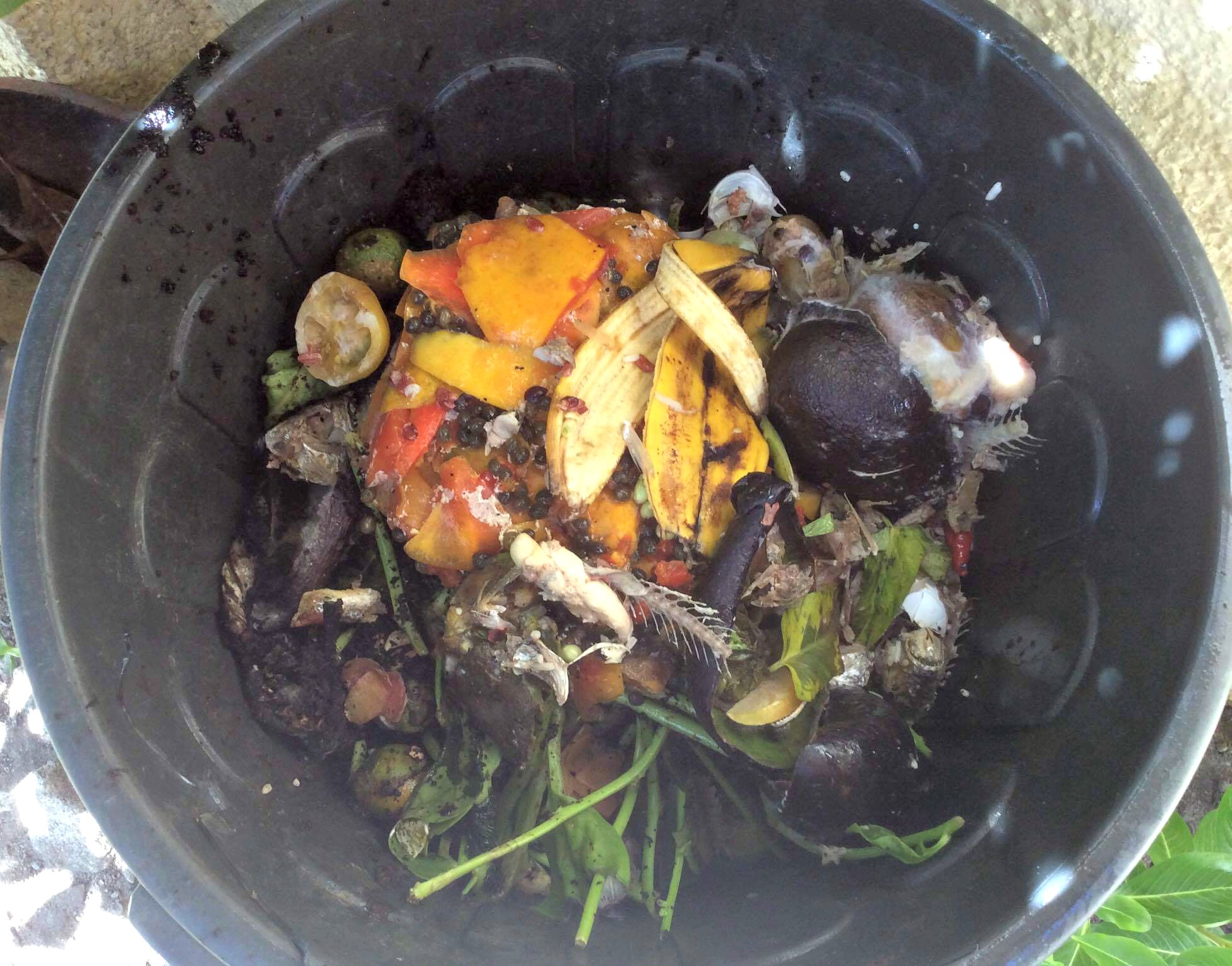

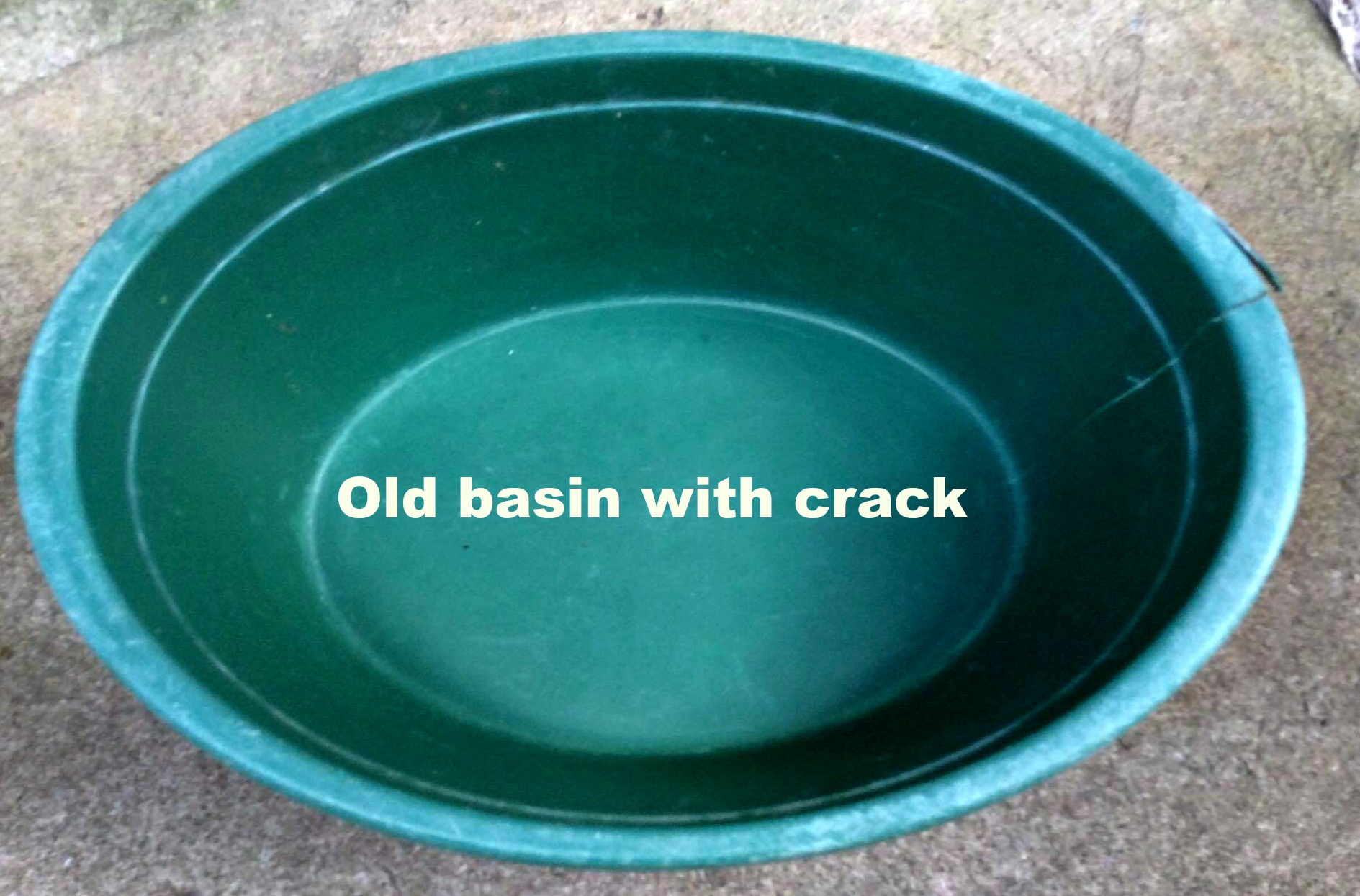


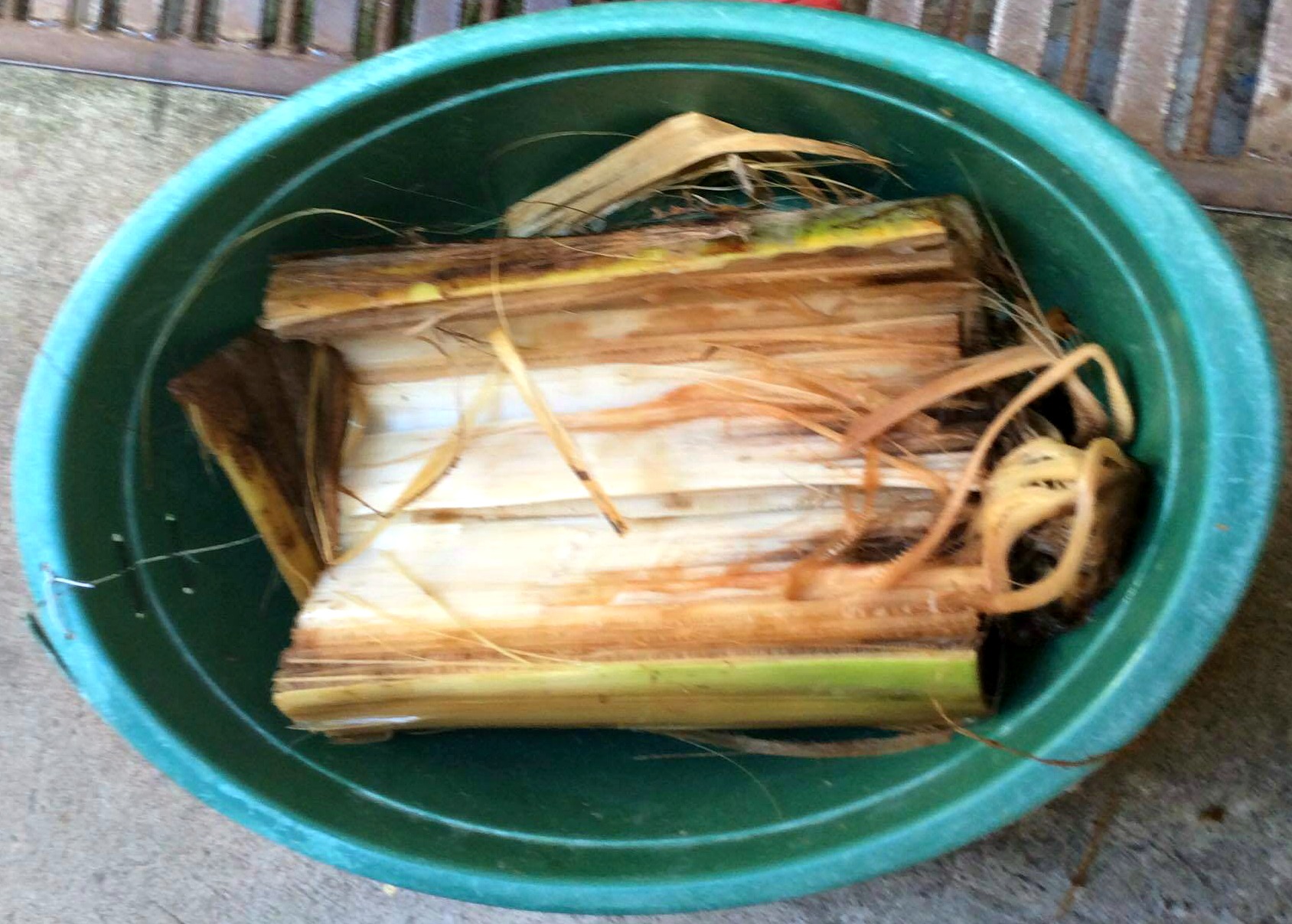
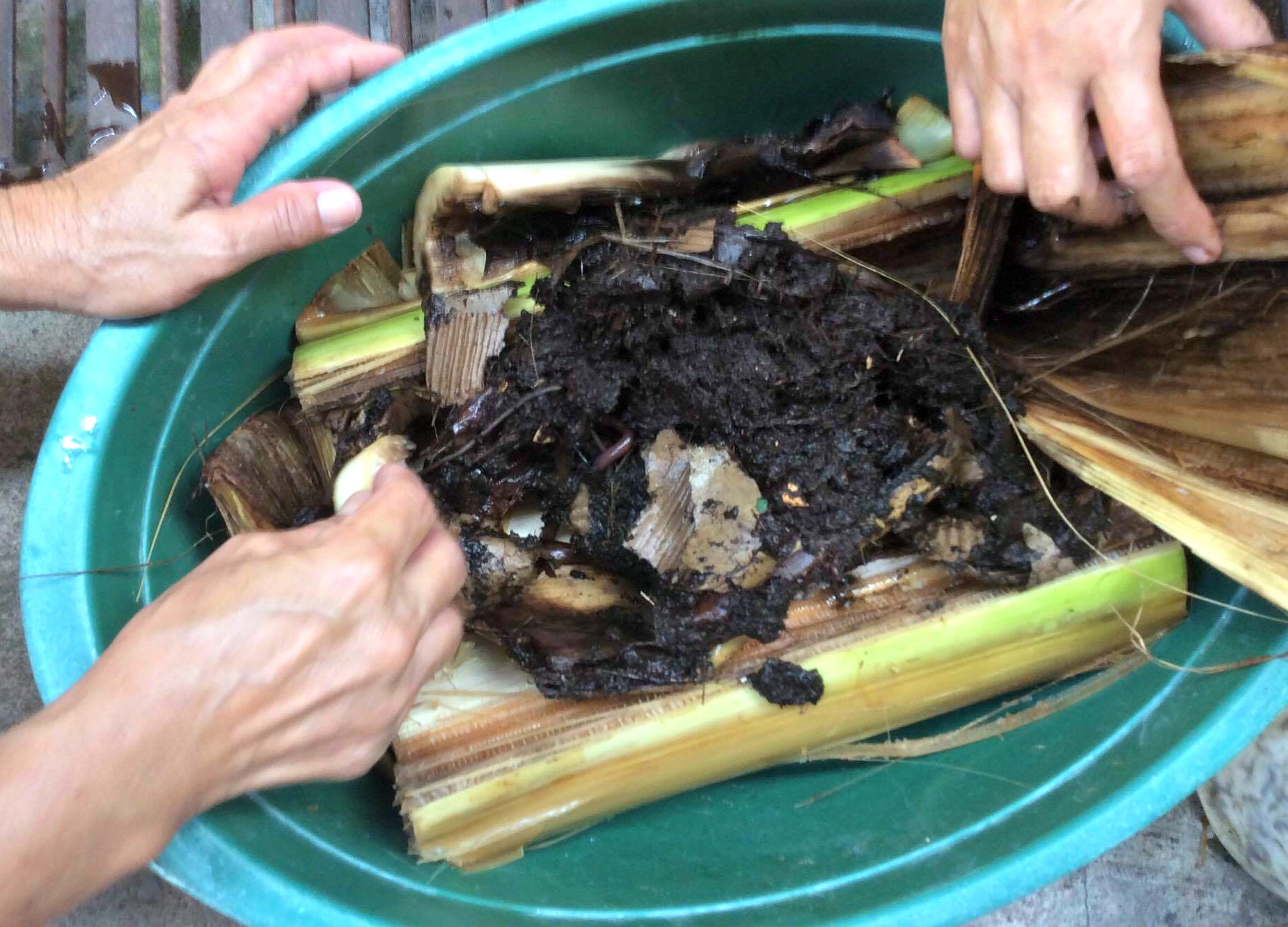
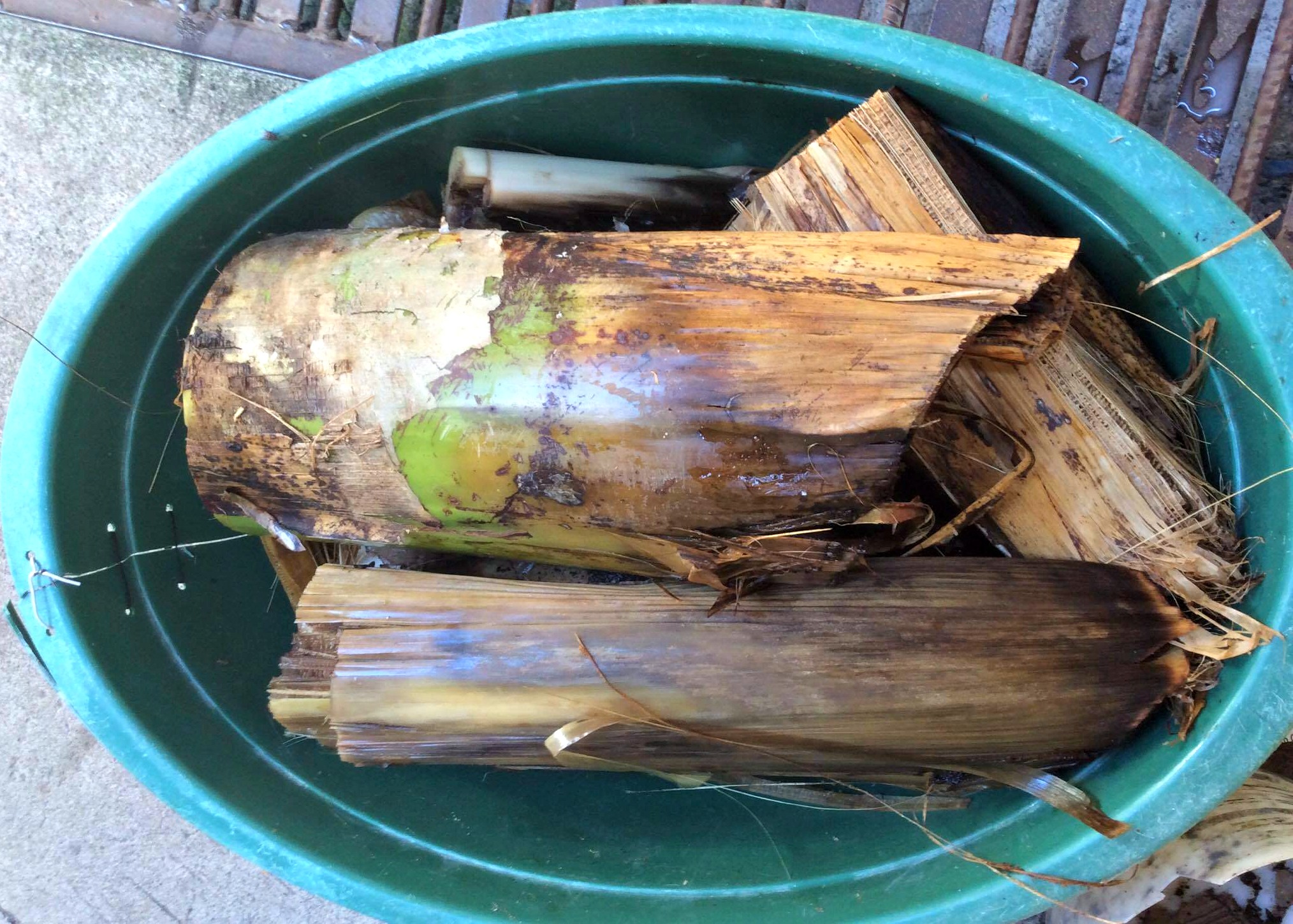
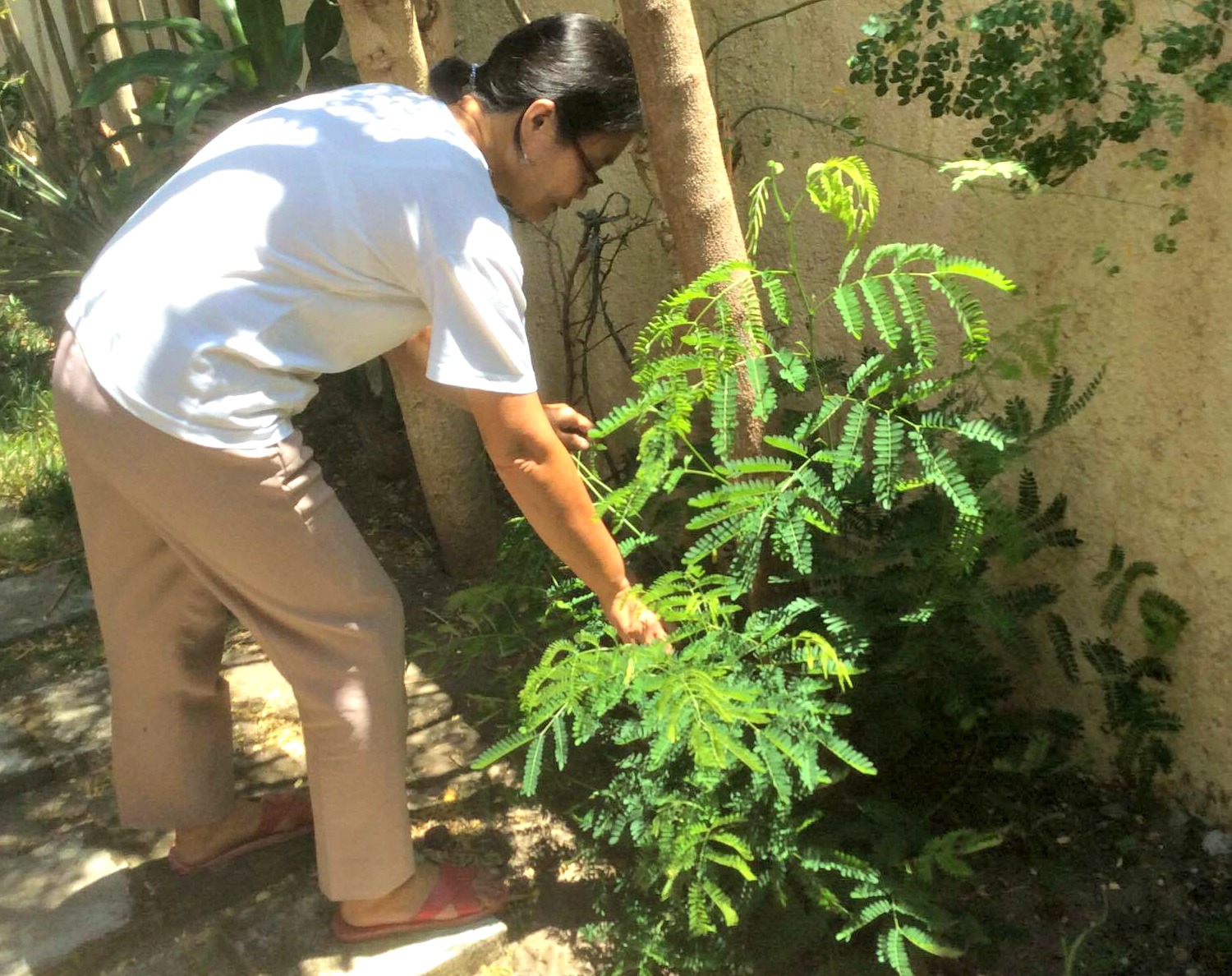
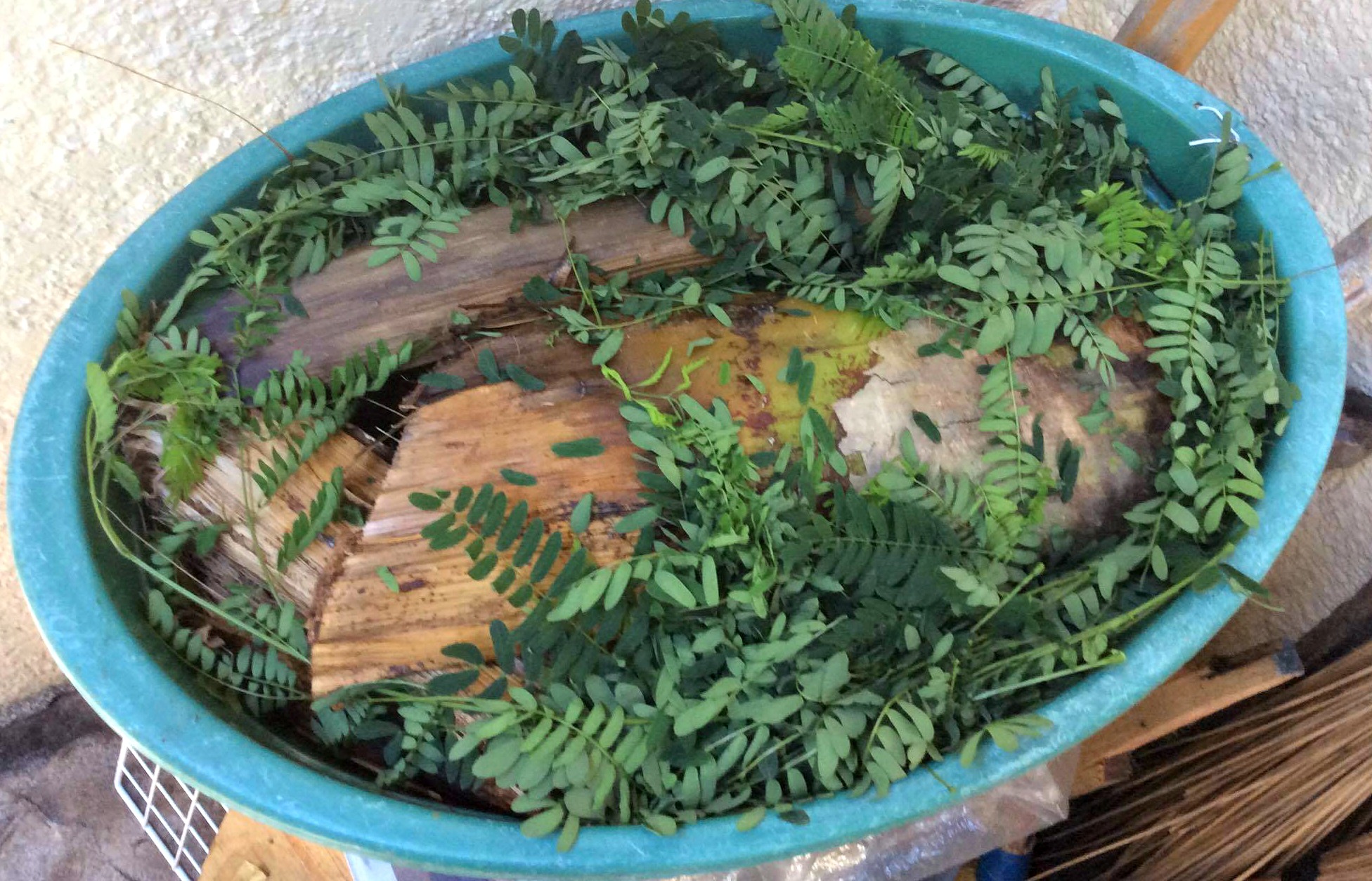
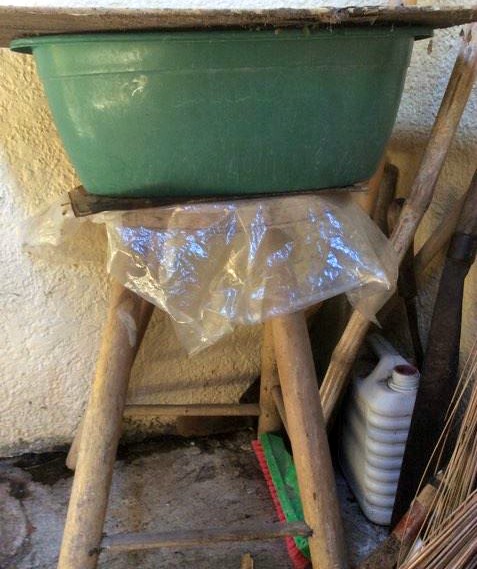

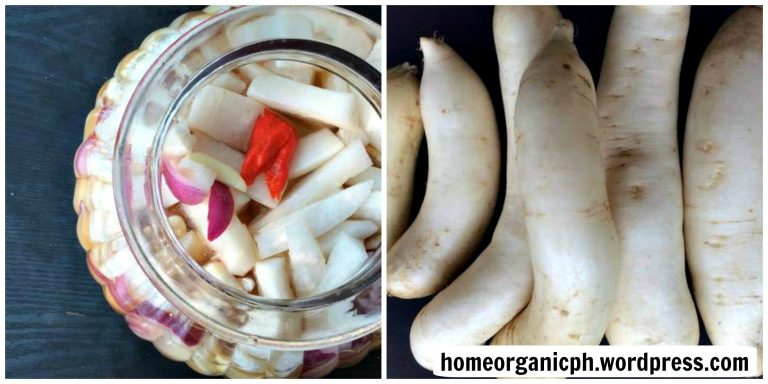
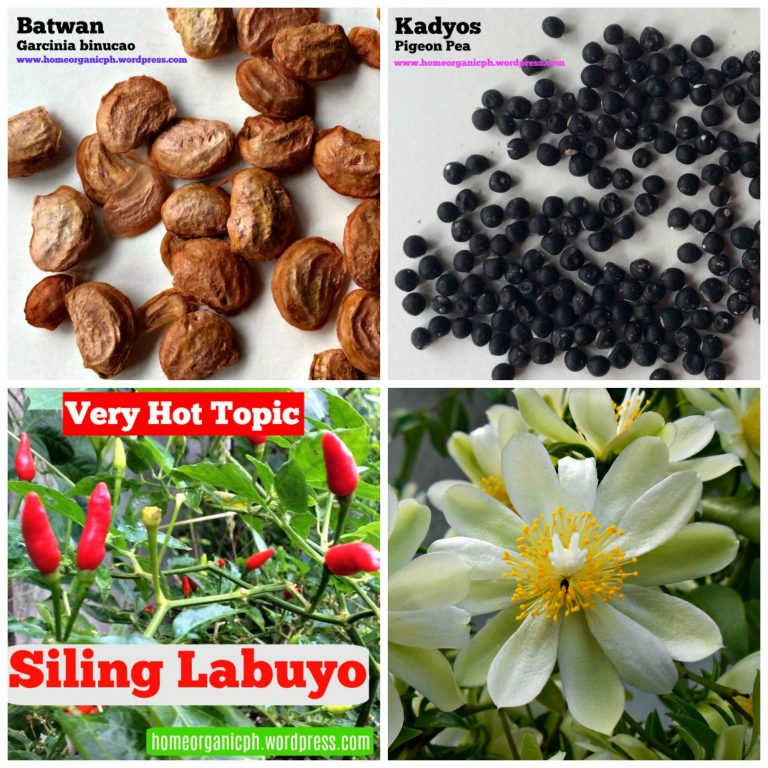
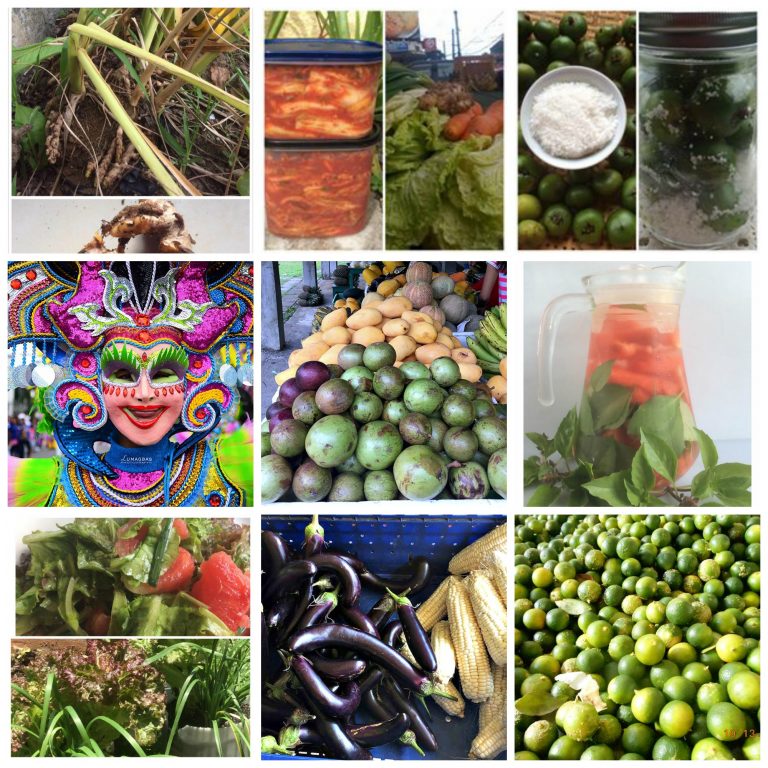
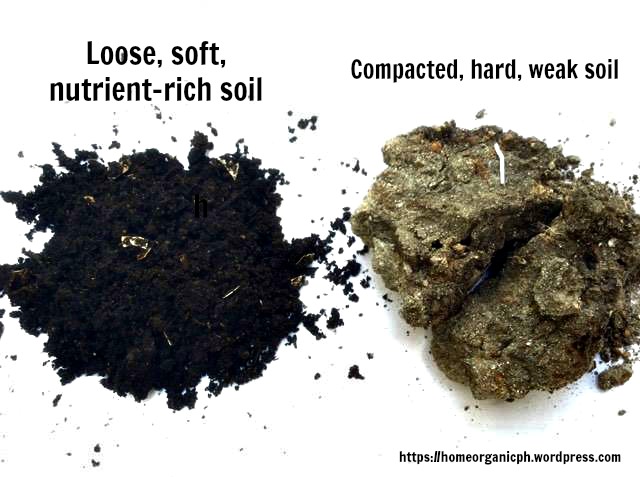

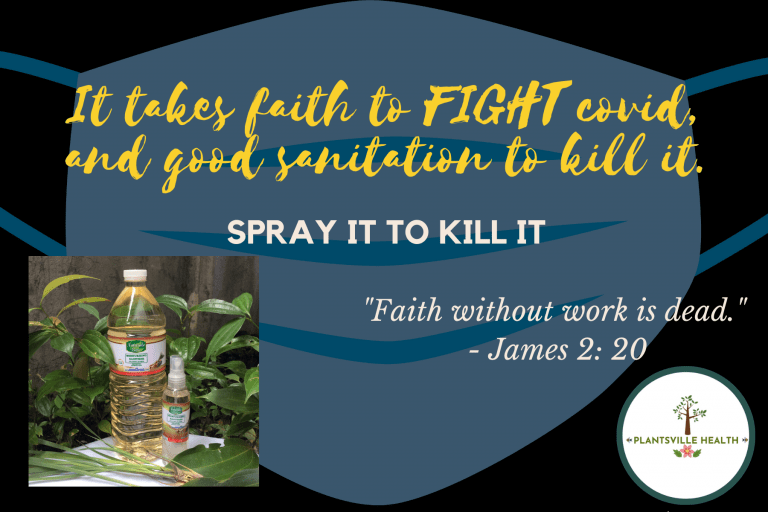
Interesting blog! I’ve always wanted to try vermicomposting!
Good luck! Please feel free to message for any query.
thanks for this step-by-step tutorial. will surely try this!!
You’re welcome po, Ma’am Dolores! Please feel free to message me, i case you have any query. Good luck!